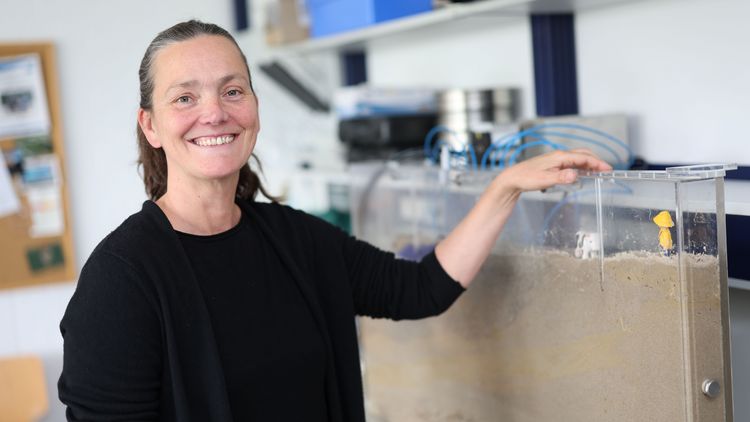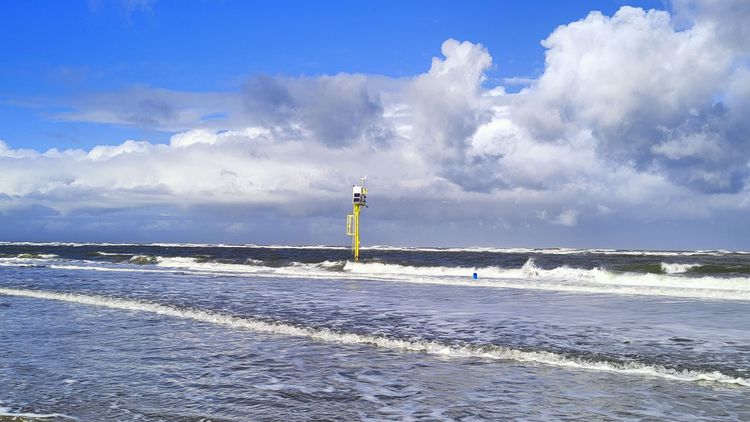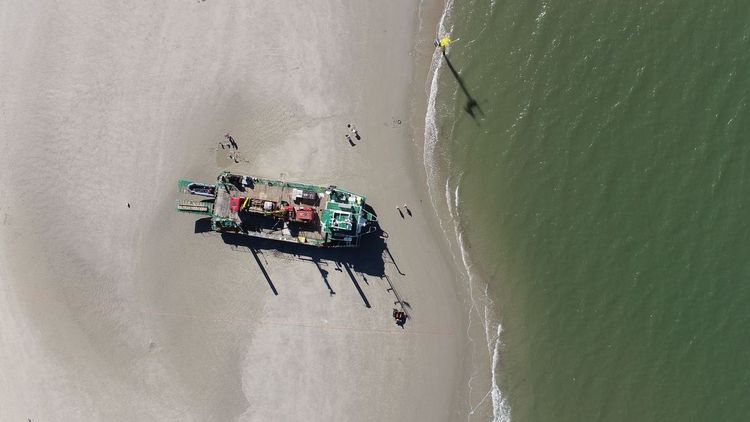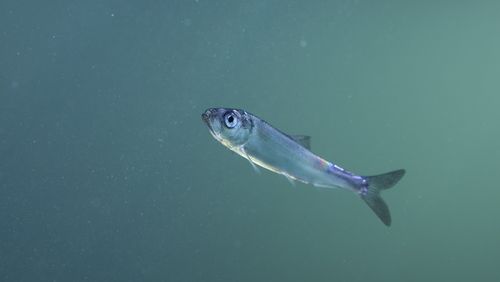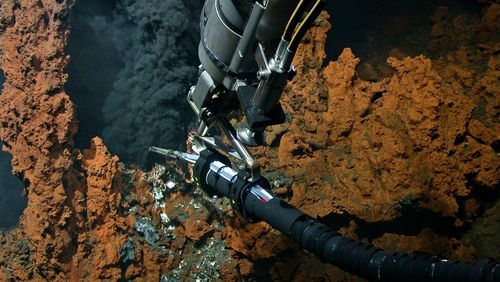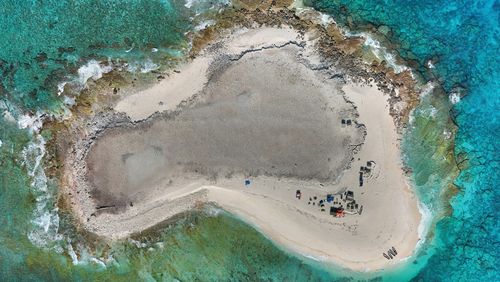The German Research Foundation is funding the „DynaDeep” project by Oldenburg hydrogeologist Gudrun Massmann with around five million euros for a further four years. A large part of the research will take place on Spiekeroog.
The northern beach of the North Sea island of Spiekeroog is the site of a unique observatory which provides a continuous stream of data on the processes that occur when freshwater from the land and saltwater from the sea converge within the deep subsurface. Over the last few years, this complex infrastructure has enabled scientists to investigate the dynamics of this land-sea transition zone in detail and gain insights into the effects of associated processes on the coastal ecosystem and the carbon and nutrient cycles. The infrastructure is part of the DynaDeep research unit which was launched at the beginning of 2021 and is led by Oldenburg hydrogeologist Prof. Dr Gudrun Massmann. The German Research Foundation (DFG) has now announced that it will extend its funding for the project, providing up to 4.78 million euros as well as an overhead allowance (Programmpauschale) to finance it for another four years.
"The DFG's decision to extend the funding for the research group shows how successfully the researchers have combined their scientific and technical expertise to monitor and analyse the natural and human-influenced processes in the transition zone between land and sea," said Prof. Dr Ralf Bruder, President of the University of Oldenburg.
A well visible measurement pole has been erected on the beach at Spiekeroog
Terrestrial freshwater and circulating seawater mix in the subsurface of sandy beaches and form subterranean estuaries, similar to aboveground estuaries. Little research has been conducted into these dynamic processes to date, because the powerful tides and waves on beaches like that on Spiekeroog, known as "high-energy beaches", pose a major obstacle to scientific work. "The technical challenges for scientists are considerable," stresses Massmann. To make their work easier, the hydrogeologist's team set up a unique research infrastructure at the start of the project: they had a drillship erect a measuring pole (a stationary measuring platform in the intertidal zone) which is clearly visible on Spiekeroog beach. In addition, multi-level groundwater observation wells, partly also observed from a drillship and a geophysical observation system for saltwater were installed deep in the sand. In combination, this equipment provides a continuous stream of data on parameters such as wave height, salinity, pressure and groundwater temperatures.
"In the past, it was believed that biogeochemical turnover on beaches would be minimal because they mainly consist of quartz sand," Massmann explains. However, the results of around 30 field campaigns, continuous flows of data and mathematical modelling have produced a very different picture: as a result of the semi-diurnal tides and storm surges, the sand on the beach is constantly shifted from one place to another. Thanks to the cameras attached to the measuring pile and drone footage, the researchers have been able to document these morphodynamic processes in detail.
The surface dynamics have effects in the deep subsurface: large quantities of saltwater circulate through the permeable sand down to depths of up to 30 metres, providing microorganisms with a constant supply of nutrients and oxygen. At the same time, the oxygen-free groundwater from the land flows from the island's freshwater lens into the sea. The underground mixing of these two chemically very different types of water triggers diverse interactions.
Future research will also take place in France and Belgium
The subsurface of a high-energy beach is like a reactor inside which complex geochemical and biological processes take place, Massmann explains. In the next phase of the project, the team aims to determine among other things whether and how the results obtained on Spiekeroog can be extrapolated to other coastal areas. To this end, the researchers are carrying out similar studies on beaches in Belgium and France.
"The turnover of elements such as carbon or nitrogen in the subsurface of sandy beaches has not yet been accounted for in global carbon or nutrient cycles," says Massmann. "The team's research aims to help determine whether sandy beaches are relevant for such global cycles."
In addition to Massmann's research group at the Institute for Biology and Environmental Sciences (IBU), scientists from the University of Oldenburg's Institute for Chemistry and Biology of the Marine Environment (ICBM) play an important role in the DynaDeep (The Dynamic Deep Subsurface of High-Energy Beaches") project. Partners from the Alfred Wegener Institute, Helmholtz Centre for Polar and Marine Research in Bremerhaven, the Leibniz Institute for Applied Geophysics in Hanover, the Leibniz Centre for Tropical Marine Research in Bremen and Kiel University are also involved. The team is supported by a network of cooperation partners and local stakeholders, including the National Park House Wittbülten on Spiekeroog, the Lower Saxon Wadden Sea National Park Authority (NLPV), the Coastal Research Centre of the Lower Saxony Water Management, Coastal Defence and Nature Conservation Agency (NLWKN) and the municipality of Spiekeroog.

